Advertisements
Advertisements
प्रश्न
In a parallelogram ABCD, E is the midpoint of AB and DE bisects angle D. Prove that: BC = BE.
उत्तर
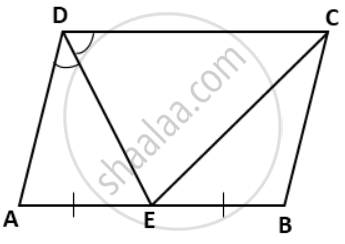
∠CDE = ∠DEA ...(ALternate angles)
∠CDE = ∠EDA ...(Given DE bisects ∠D)
∠DEA = ∠EDA
⇒ AD = AE ....(i)(Sides opposite to equal angles are equal)
Now, AD = BE ....(ii)(Opposite to equal angles are equal)
And, AE = BE ....(iii)(E is the mid-point of AB)
⇒ BC = BE. ....(proved)
APPEARS IN
संबंधित प्रश्न
E is the mid-point of side AB and F is the mid-point of side DC of parallelogram ABCD. Prove that AEFD is a parallelogram.
In the given figure, ABCD is a parallelogram.
Prove that: AB = 2 BC.
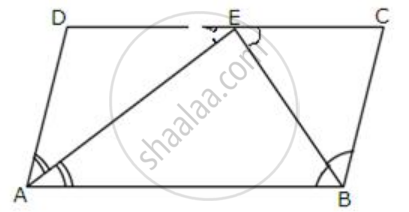
In parallelogram ABCD, the bisector of angle A meets DC at P and AB = 2 AD.
Prove that:
(i) BP bisects angle B.
(ii) Angle APB = 90o.
Points M and N are taken on the diagonal AC of a parallelogram ABCD such that AM = CN. Prove that BMDN is a parallelogram.
PQRS is a parallelogram. T is the mid-point of PQ and ST bisects ∠PSR.
Prove that: QR = QT
PQRS is a parallelogram. T is the mid-point of PQ and ST bisects ∠PSR.
Prove that: RT bisects angle R
In the given figure, the perimeter of parallelogram PQRS is 42 cm. Find the lengths of PQ and PS.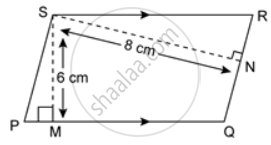
In the following figure, it is given that BDEF and FDCE are parallelograms. Can you say that BD = CD? Why or why not?
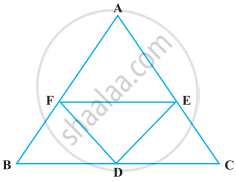
In the following figure, ABCD and AEFG are two parallelograms. If ∠C = 55º, determine ∠F.
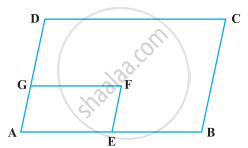
Construct a parallelogram POUR in which, PO = 5.5 cm, OU = 7.2 cm and ∠O = 70°.
